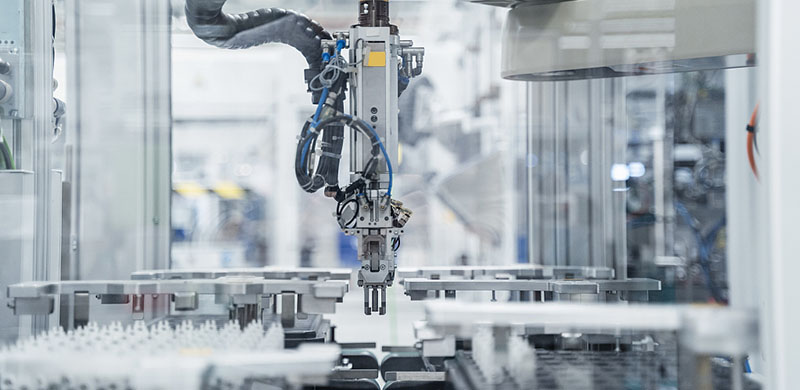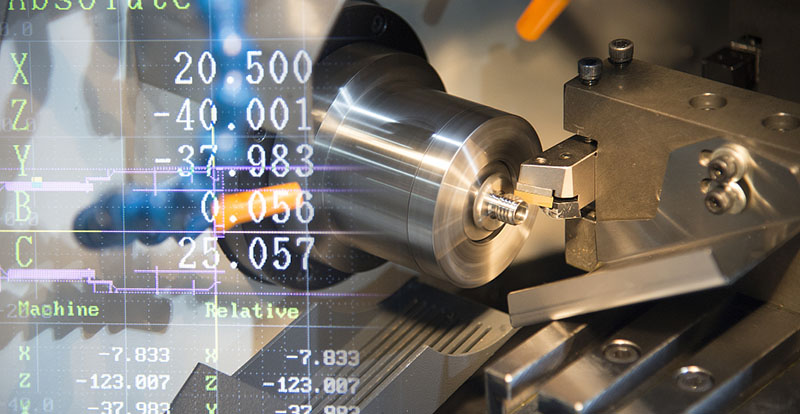CNC machining has been a game-changer in the manufacturing industry, revolutionizing the way we produce complex parts and components with unmatched precision and efficiency. However, the evolution of CNC machining does not stop here. With rapid advancements and continuous innovation, the future of CNC machining holds great promise. In this article, we will explore some of the exciting advancements and innovations that are shaping the future of CNC machining.
Enhanced Automation:
Automation is a key driving force behind the future of CNC machining. Manufacturers are increasingly integrating advanced robotics and artificial intelligence (AI) into their CNC systems, leading to improved productivity, reduced cycle times, and enhanced process control. These advancements enable machines to perform complex tasks with minimal human intervention, resulting in higher efficiency and reduced costs.

Additive Manufacturing Integration:
The integration of additive manufacturing, commonly known as 3D printing, with CNC machining is another significant development on the horizon. This combination allows for the creation of intricate geometries and the utilization of hybrid manufacturing techniques. By leveraging the strengths of both technologies, manufacturers can achieve faster prototyping, reduced material waste, and the production of highly customized parts.
Multi-Axis Machining:
Multi-axis machining is becoming increasingly prevalent in CNC systems. Traditional 3-axis machines are being replaced by 4-axis, 5-axis, and even 6-axis machines, enabling manufacturers to produce more complex geometries and eliminate the need for multiple setups. This advancement opens up new possibilities for industries such as aerospace, automotive, and medical, where intricate and curved surfaces are prevalent.

Internet of Things (IoT) Connectivity:
With the rise of the Internet of Things (IoT), CNC machines are becoming smarter and more interconnected. IoT-enabled CNC systems can collect and analyze real-time data, enabling predictive maintenance, remote monitoring, and performance optimization. This connectivity enhances efficiency, minimizes downtime, and enables manufacturers to make data-driven decisions for process improvement.
Virtual and Augmented Reality:
Virtual and augmented reality (VR/AR) technologies are finding their way into CNC machining. These technologies allow operators to simulate machining processes, visualize designs, and perform virtual inspections before the physical machining begins. By providing a virtual environment for testing and optimization, VR/AR reduces errors, speeds up production, and enhances the overall machining experience.
Advanced Tooling and Materials:
The future of CNC machining also involves advancements in tooling and materials. Cutting tools with improved coatings, higher durability, and specialized geometries are being developed to meet the demands of challenging applications. Additionally, the emergence of new materials, such as composites and high-performance alloys, presents opportunities and challenges for CNC machining, as manufacturers strive to optimize processes for these materials.
Conclusion:
The future of CNC machining is marked by continuous advancements and innovations that push the boundaries of what is possible in manufacturing. From enhanced automation and additive manufacturing integration to multi-axis machining and IoT connectivity, these advancements promise increased productivity, improved quality, and expanded capabilities. As technology continues to evolve, embracing these innovations and staying ahead of the curve will be crucial for manufacturers to remain competitive in an ever-evolving industry. The future of CNC machining is bright, and it holds the potential to reshape the way we design, create, and manufacture the products of tomorrow.



